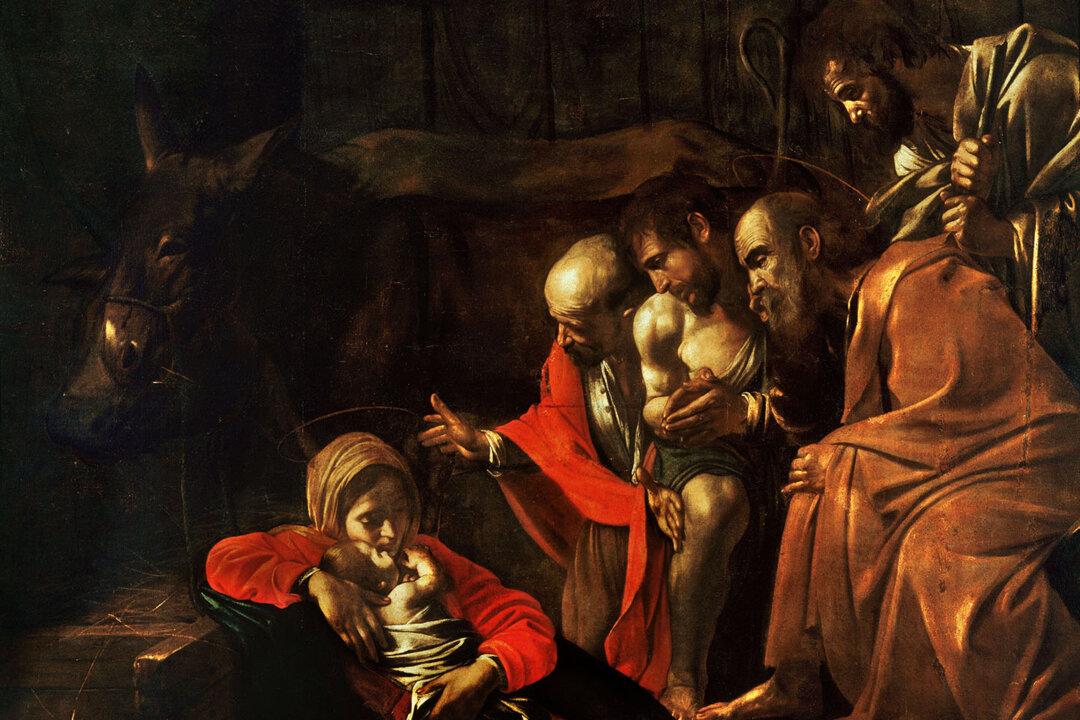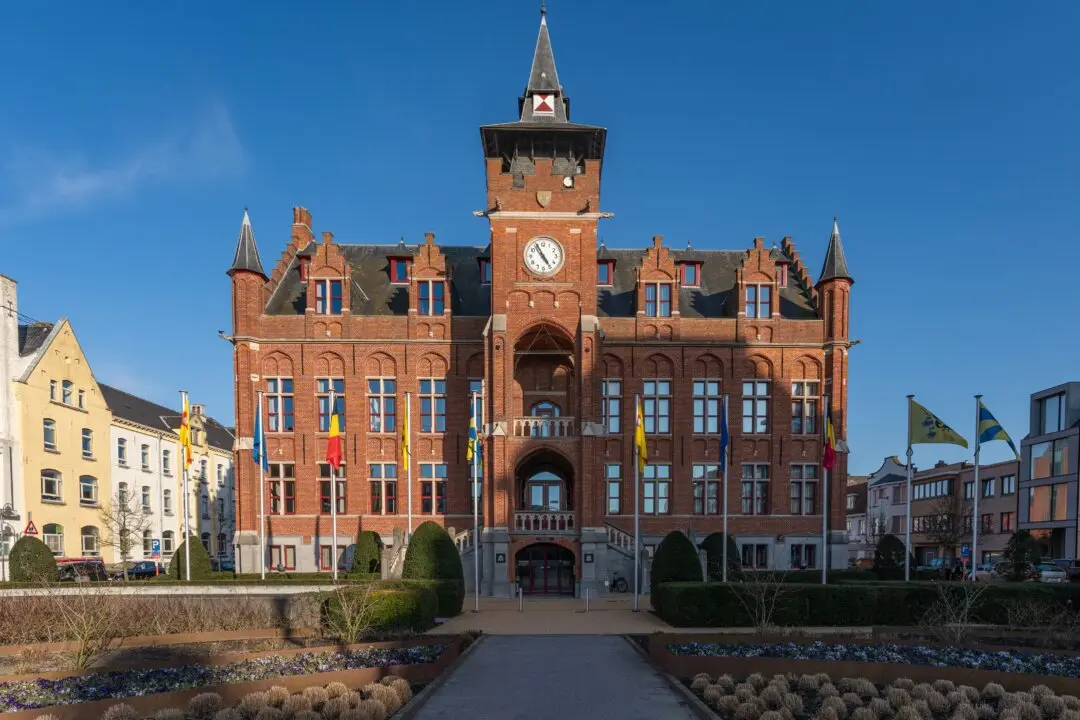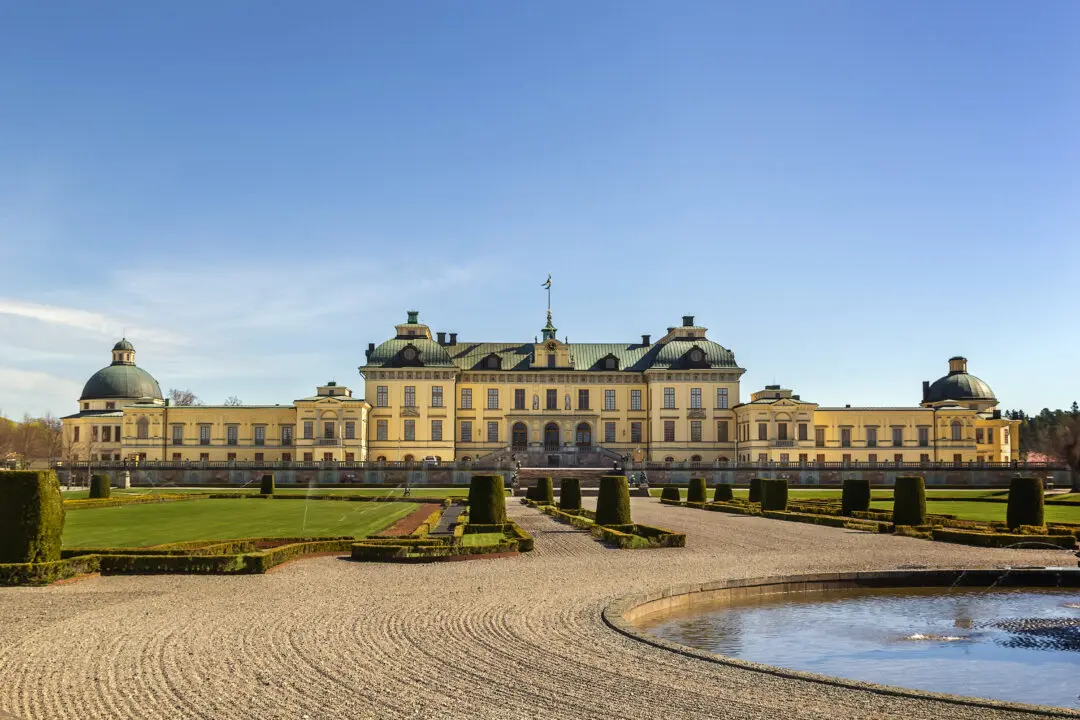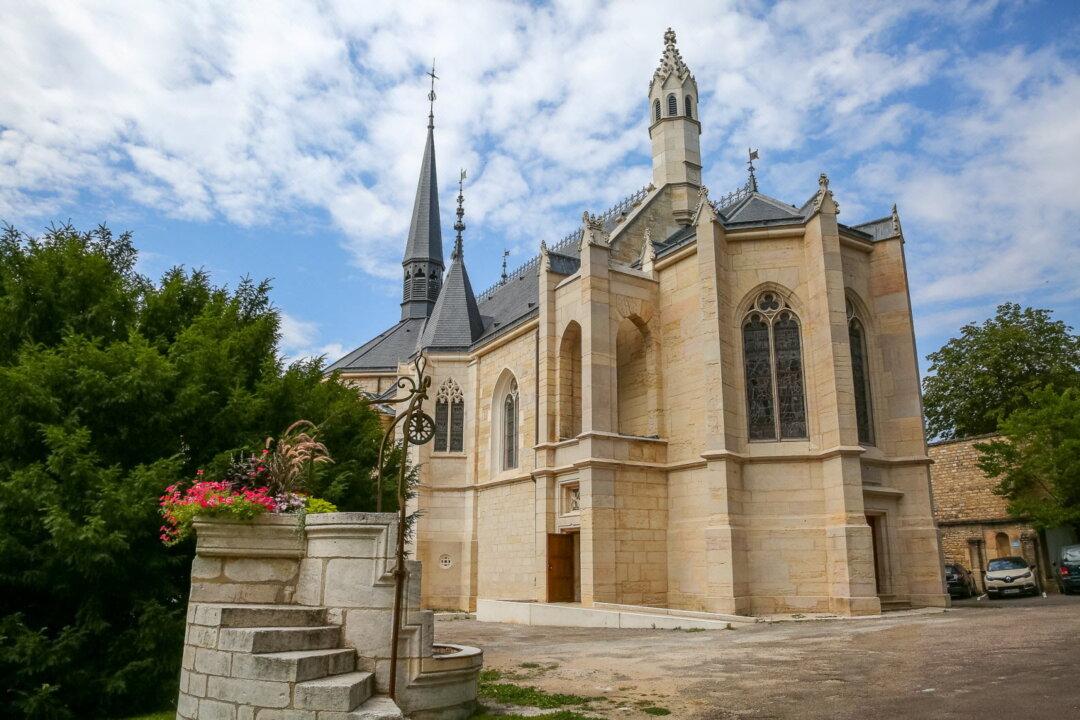One year before his death in 1610, Caravaggio completed the last of his great life-size paintings—a 10-by-7-foot canvas of Christ’s birth. Painted for the Basilica of St. Mary of the Angels and of the Martyrs in Rome, “The Adoration of the Shepherds” features Caravaggio’s typical combination of exquisite beauty and thorough realism. In his works, he chose to emphasize humility and naturalism, aspects often ignored by former artists.
Many artists before Caravaggio employed stylized symbolism in their depictions of the Nativity in order to stress the extraordinary part of Christ’s birth: The baby is divine, the son of God. Christ was commonly depicted in one of three familiar positions: laid in the manger, held aloft, or set on a cloth on the ground. The Virgin Mary was often shown in a prayerful posture. St. Joseph tended to be represented in prayer, too, though he was sometimes watchful.





